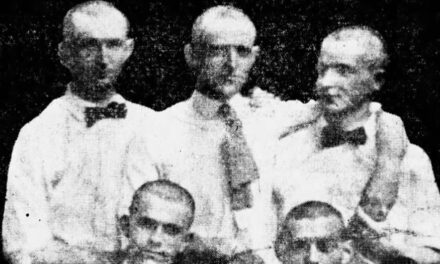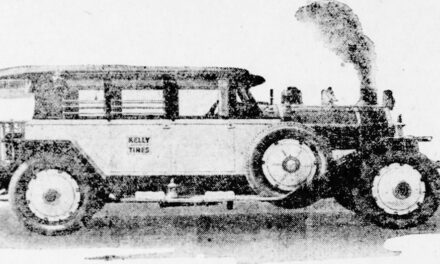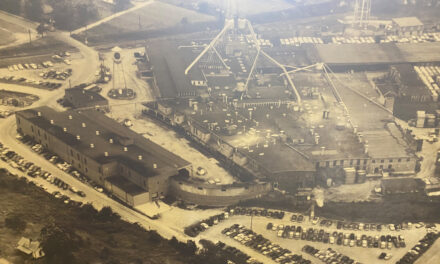
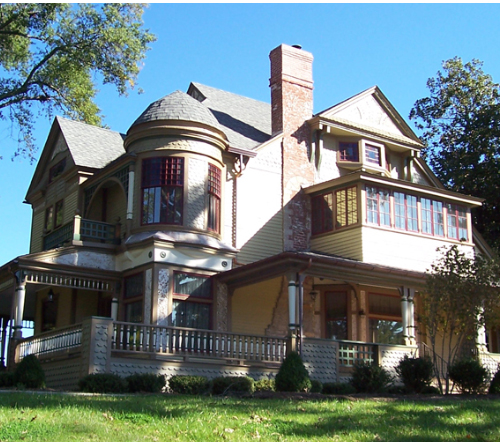
Harper House
Last month, a man dedicated to helping Catawba County understand its own history, passed. He was not native of the county. In fact, he wasn’t even a southerner. However, his arrival altered the course of historic preservation and education from Sherrill’s Ford to Hickory, and all points in between. As soon as he arrived, he began an intense study of the area, steeping himself with knowledge that exceeded what most natives knew. As he learned he also preserved, taught and promoted local history. Today, we are light years ahead of where we would have been if Sidney Halma had never made that sojourn to Catawba County.
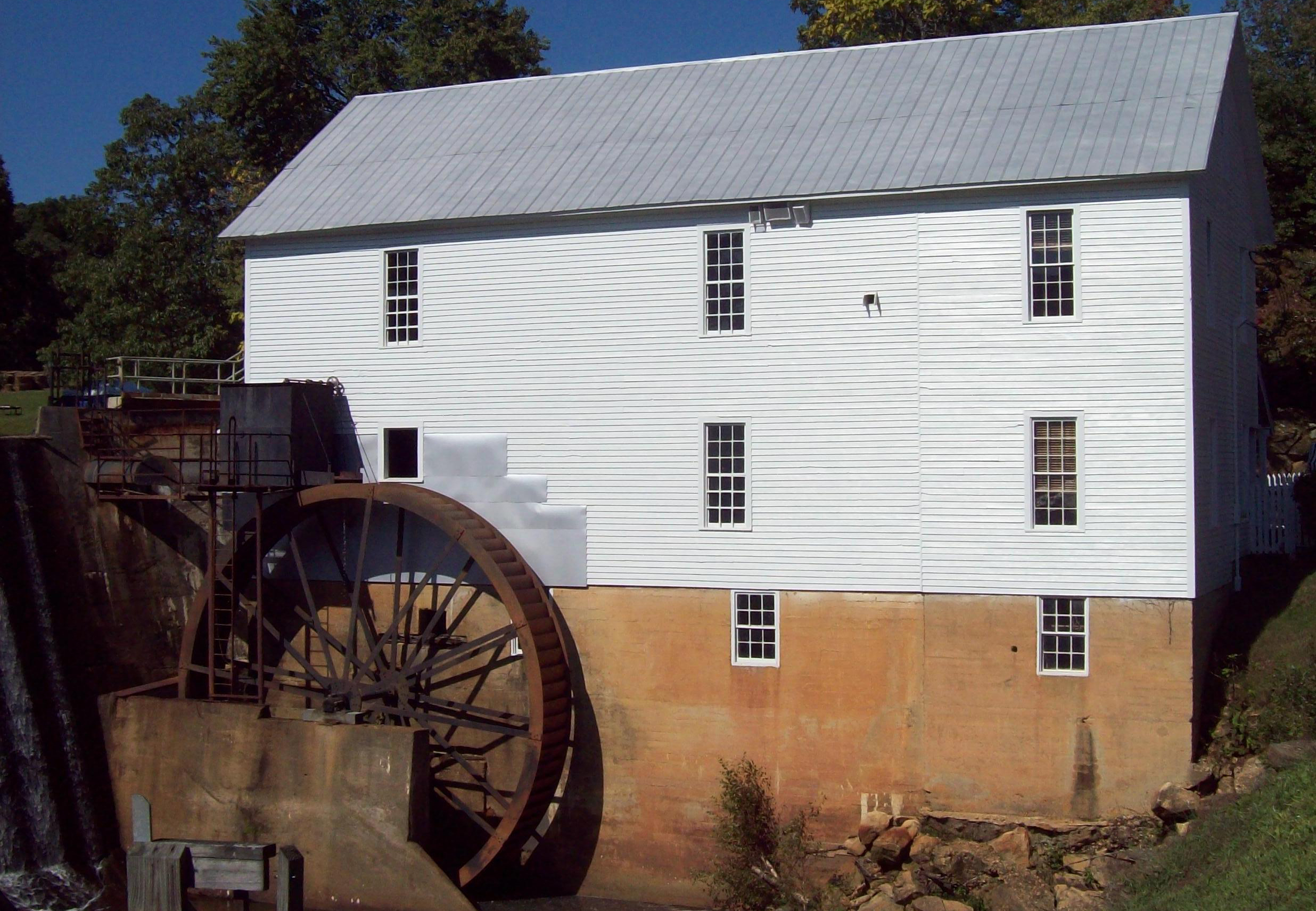
Murray’s Mill
For a third of a century, Sidney served as the head of what is now known as the Historical Association of Catawba County. At the start of his tenure in the fall of 1973, the county’s history museum was tucked in a small house. From there, he expanded the operation to a much larger home before finally landing an enormous collection of county artifacts in its very center. In 1992, the county’s history museum is housed in the former Catawba County Courthouse, on the square in downtown Newton.
Along the way, Sidney professionalized the study of history, beyond old time recollections into a meaningful, documentable area of study. His research can be found in a myriad of places. First, take a trip to the museum. Among the exhibits are rooms that were painstakingly disassembled from their original locations and rebuilt inside. That was the work of Sidney Halma. He knew the value of those man-made environments to our understanding of how people lived in an earlier time and successfully preserved them. He also knew that if he didn’t take action those rooms would be destroyed. Same goes for Bunker Hill Covered Bridge, and Murray’s Mill, and Harper House (Hickory History Center). We would likely not have any of those if Sidney had not come to town.
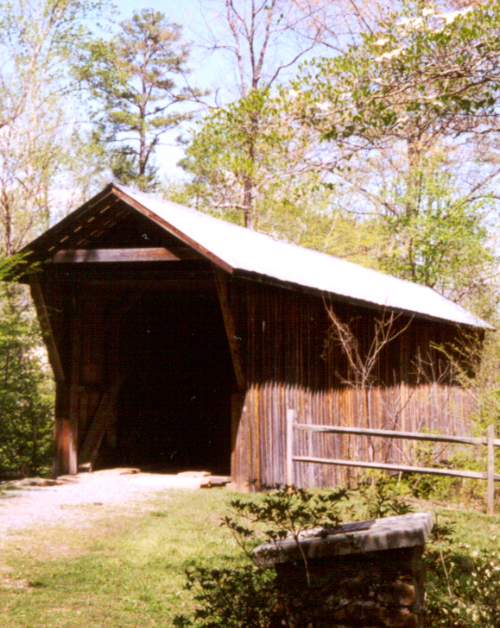
Bunker Hill Covered Bridge
A prolific researcher, Sidney also left us with a number of books that he shepherded. Catawba County: An Architectural History documented a wide variety of structures he found throughout the county. Published in 1991, the volume offers an insightful way to understand our ancestors via the homes they constructed. Starting in 1995, he partnered with Dr. Gary Freeze, local historian Sylvia Ray and researcher Alex Floyd to present the history of the county in three volumes, as well as books focused on Newton and Catawba Springs.
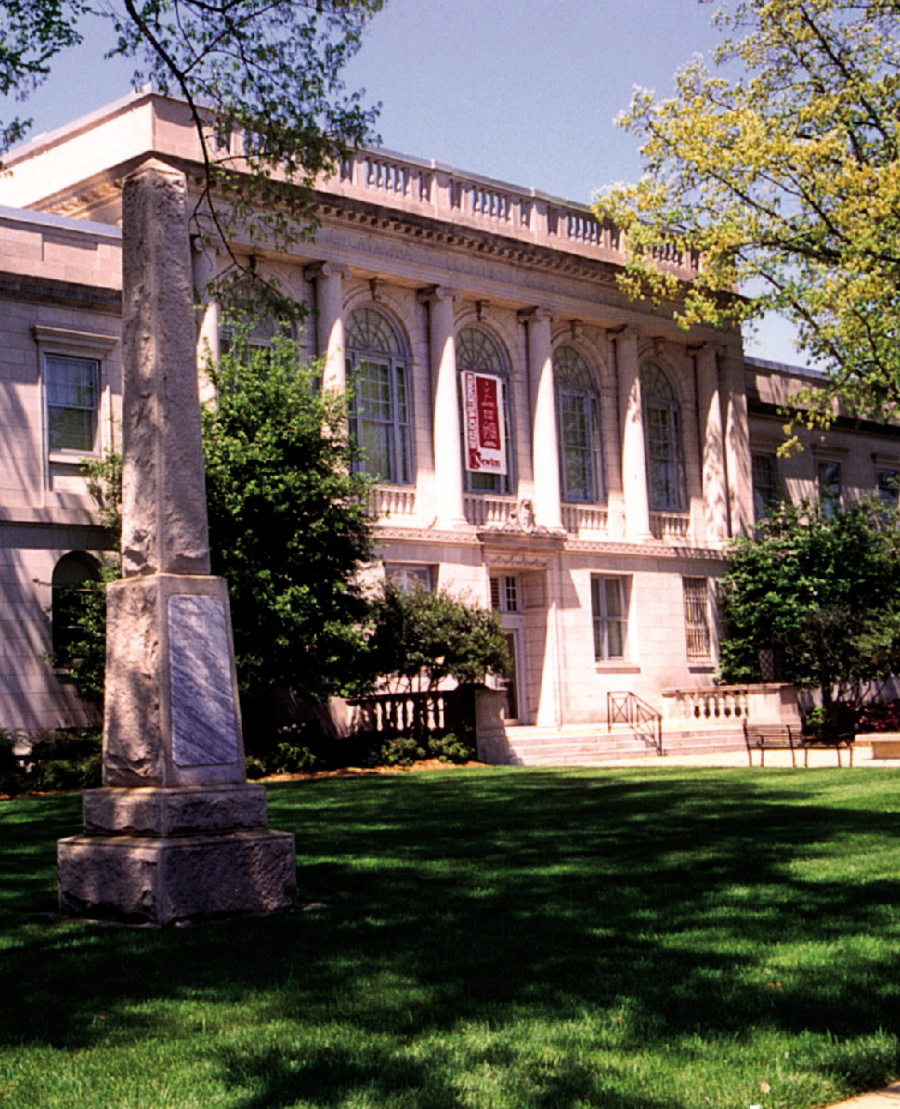
History Museum Of Catawba County
But perhaps his greatest contribution to history and all it offers were the conversations he had with people. As a native of Iowa, he was direct, which took some getting used to. But he was always right on target. Sidney Halma connected folks to elements of local history that would fire their interest, teaching as he used that encyclopedia in his head to recount all relevant information. From history buffs to trained historians, he taught us all. Even after his tenure with the Historical Association, he generously gave his time to educate everyone who wanted to know more. Several years ago, a book club reading all three volumes of The Catawbans wanted to see landmarks associated with the county’s history. Sidney was gracious, informative and energetic as he drove the group from place to place. He did that more than once and often had more stamina than most of us who followed him from place to place.
To say Sidney Halma was monumental to our understanding of Catawba County history is an understatement. We are indebted to Sidney, for the museum he created, the artifacts he preserved, the writings he helped produce and the people he inspired. Thank you Sidney Halma for coming to Catawba County a half century ago and elevating our grasp of who were are through a study of who we were.
Photos: Historical Association of Catawba County sites we enjoy and study today thanks to Sidney Halma.



